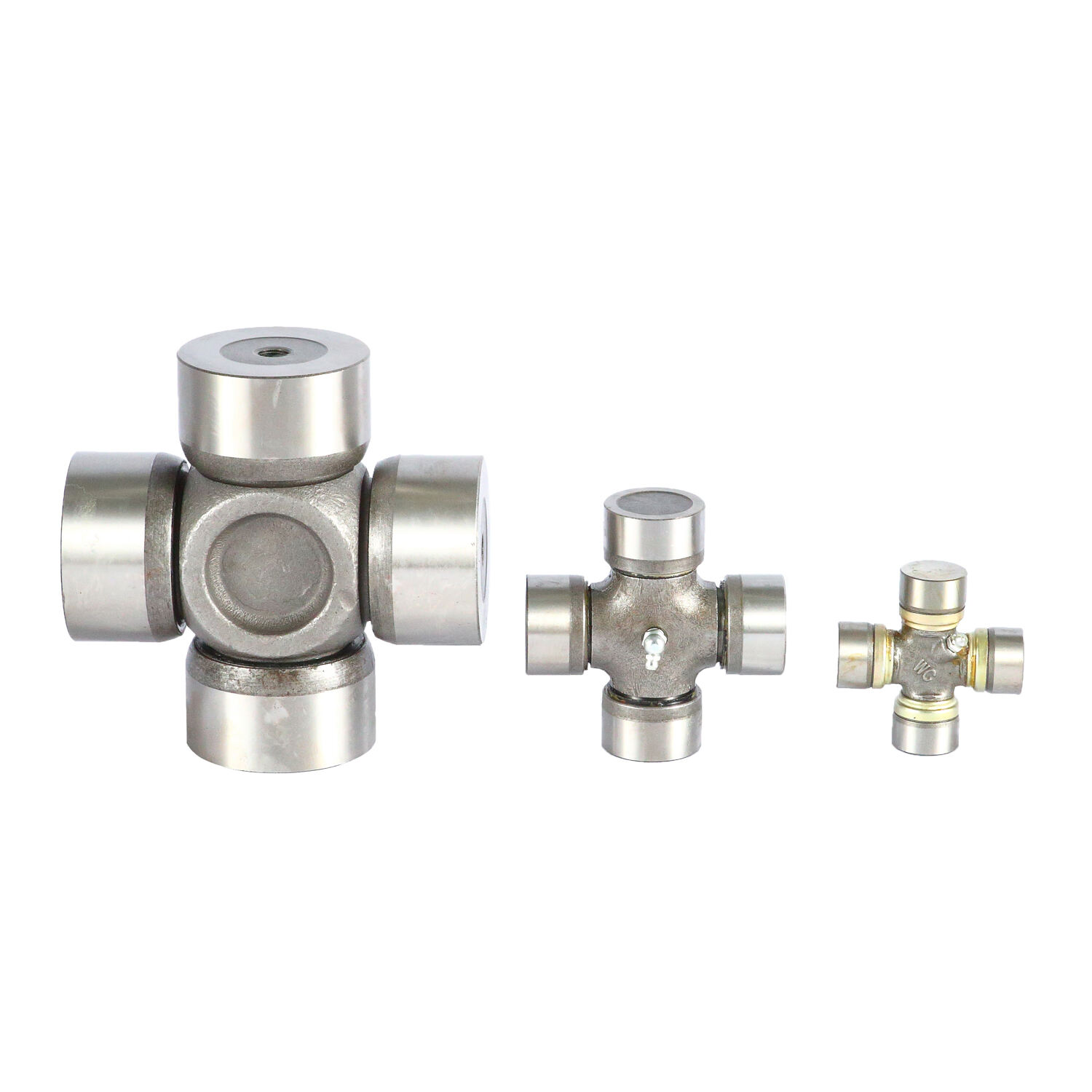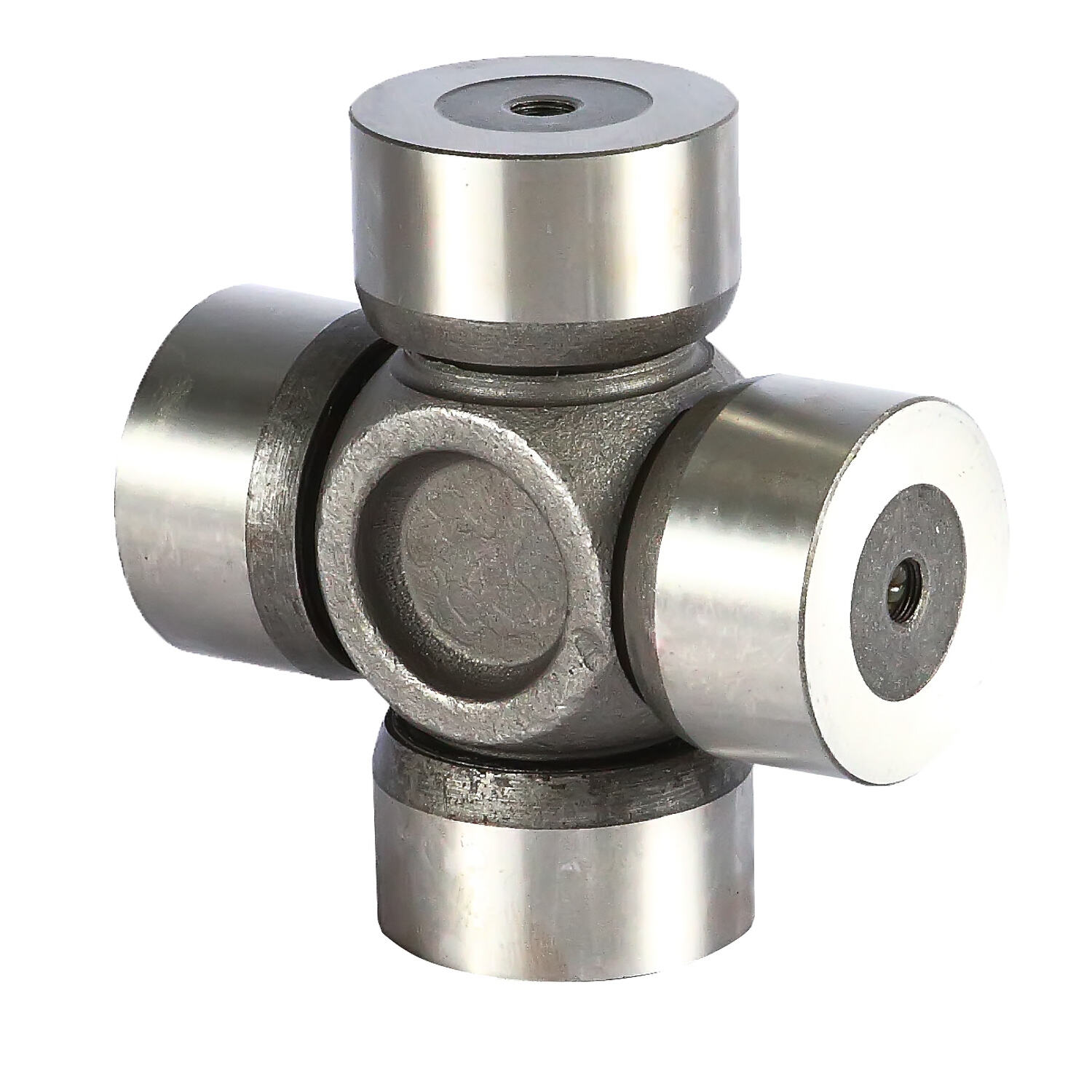Understanding the Critical Role of Cross Joints in Power Transmission
In modern mechanical systems, the efficient transfer of power between components is essential for optimal performance. At the heart of many power transmission setups lies the cross joint, a crucial mechanical component that enables smooth rotational movement between intersecting shafts. This sophisticated device has revolutionized how we approach power transfer in various industrial and automotive applications.
When we examine the functionality of power transmission systems, the cross joint stands out as a fundamental element that ensures consistent operation and reliability. Its unique design allows for angular movement while maintaining torque transfer capabilities, making it indispensable in countless mechanical applications. From heavy machinery to precision equipment, the impact of a well-designed cross joint cannot be overstated.
Design Features and Benefits of Premium Cross Joints
Advanced Material Construction
Modern cross joints are engineered using high-grade materials that offer superior strength and durability. The selection of materials such as hardened steel alloys and advanced composites ensures exceptional wear resistance and longevity. These premium materials contribute to reduced maintenance requirements and extended service life, making them a cost-effective choice for demanding applications.
The incorporation of specialized heat treatments and surface finishing techniques further enhances the performance characteristics of quality cross joints. These processes improve hardness, reduce friction, and increase resistance to environmental factors, resulting in more reliable operation under challenging conditions.
Precision Engineering and Manufacturing
The manufacturing process of high-quality cross joints involves sophisticated machining techniques and stringent quality control measures. Each component is crafted to exact specifications, ensuring perfect alignment and balanced operation. This precision engineering translates directly into smoother power transfer and reduced vibration during operation.
Advanced manufacturing technologies, including computer-controlled machining and automated assembly processes, guarantee consistency in production. This level of precision is essential for maintaining the tight tolerances required for optimal performance in modern mechanical systems.

Performance Advantages in Various Applications
Industrial Machinery Benefits
In industrial settings, cross joints play a vital role in ensuring continuous operation of manufacturing equipment. The implementation of high-quality cross joints results in reduced downtime, improved efficiency, and enhanced productivity. These components are designed to handle the demanding conditions of industrial environments, including heavy loads and continuous operation.
Manufacturing facilities rely on robust cross joints to maintain precise movement in automated systems. The superior design of premium cross joints ensures consistent performance even under varying load conditions, making them ideal for applications ranging from conveyor systems to processing equipment.
Automotive Applications
The automotive industry demands exceptional performance from power transmission components. High-quality cross joints in vehicle drive shafts ensure smooth power delivery from the engine to the wheels, resulting in better handling and improved driving experience. The durability of premium cross joints contributes to extended vehicle service life and reduced maintenance costs.
Modern vehicles benefit from advanced cross joint designs that accommodate various operating angles while maintaining optimal torque transfer. This flexibility is crucial for ensuring consistent performance across different driving conditions and vehicle configurations.
Maintenance and Longevity Considerations
Preventive Maintenance Strategies
To maximize the lifespan of cross joints, implementing proper maintenance protocols is essential. Regular inspection of bearing surfaces, lubrication points, and seals helps identify potential issues before they develop into serious problems. Following manufacturer-recommended maintenance schedules ensures optimal performance and prevents premature wear.
The incorporation of modern lubrication systems and sealed designs in quality cross joints significantly reduces maintenance requirements. These features protect against contamination and ensure proper lubrication, extending the service life of the component.
Signs of Wear and Replacement Timing
Understanding the indicators of cross joint wear is crucial for maintaining system reliability. Common signs include unusual noise, vibration, or movement during operation. Regular monitoring of these parameters allows for timely replacement, preventing catastrophic failures and minimizing downtime.
High-quality cross joints typically exhibit clear wear patterns that make it easier to predict replacement intervals. This predictability enables better maintenance planning and more efficient resource allocation.
Installation Best Practices and Recommendations
Proper Alignment Techniques
Successful installation of cross joints begins with proper alignment of connecting shafts. Using appropriate measurement tools and following manufacturer guidelines ensures optimal positioning and minimizes stress on the component. Careful attention to alignment during installation prevents premature wear and ensures smooth operation.
Professional installation techniques include verifying shaft concentricity, checking angular alignment, and ensuring proper torque specifications are met. These steps are crucial for achieving maximum performance and longevity from the cross joint.
Tools and Equipment Requirements
Having the right tools and equipment is essential for proper cross joint installation. Specialized installation tools, measurement devices, and torque wrenches ensure accurate assembly and prevent damage during the installation process. Investment in quality installation equipment pays dividends through improved performance and reliability.
Professional-grade tools and proper installation procedures help maintain the integrity of the cross joint and supporting components. This attention to detail during installation contributes to optimal system performance and reduced maintenance requirements.
Frequently Asked Questions
How often should cross joints be inspected?
Regular inspections should be conducted every 3-6 months, depending on the application and operating conditions. Heavy-duty applications may require more frequent inspections. Visual checks for wear, proper lubrication, and unusual movement should be part of routine maintenance procedures.
What factors affect cross joint lifespan?
Several key factors influence the longevity of cross joints, including operating conditions, maintenance practices, installation quality, and initial component selection. Environmental factors, load conditions, and operating angles also play significant roles in determining service life.
Can cross joints be rebuilt or repaired?
While some cross joints can be rebuilt, it's generally recommended to replace the entire unit to ensure optimal performance and reliability. The cost and complexity of rebuilding often make replacement a more practical choice, especially considering the improved designs and materials available in new components.

